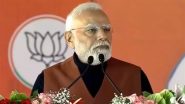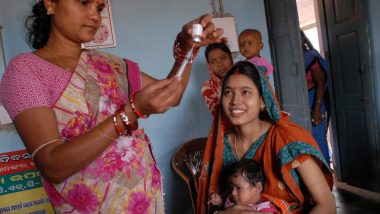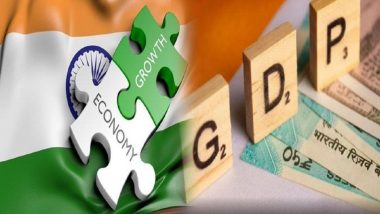In the recent years, there has been a modest jump in India’s health care expenditure. From 0.98 percent in 2014, it has risen to 1 percent of its total GDP. But the modest spike notwithstanding, it’s important to note that India spends lesser on its citizen’s health than its neighbouring countries Bhutan, Nepal and Maldives. According to the National Health Profile 2018, India is far behind its low-income neighbours whose average public health expenditure is 1.4 percent.
India’s 1 percent lags behind Bhutan, Sri Lanka and Nepal who spend 2.5 percent, 1.6 percent and 1.1 percent of their GDP respectively on public health, as per the reports released by Central Bureau of Health Intelligence. In WHO’s South-East Asian Region, India figures 9th on the list of 10 countries, faring better than only Bangladesh in health expenditure. India’s spending is abysmal, considering Maldives spends 9.4 of its GDP on public health.
Few months ago, India’s National Health Policy (NHP) 2017 proposed raising India’s health care expenditure to 2.5 percent of the GDP by 2025. When NHP was last updated in 2002, the view was to increase the expenditure on health to 2 percent of the GDP. But the financial requirements were larger than what is targeted in the 2017 policy.
The country’s paltry allocation to healthcare stands in the way of achiving national health targets such as cutting infant and maternal mortality, and eliminating tuberculosis. Despite progress in improving access to health care, other impediments such socioeconomic problems, geography and gender continues to harangue India’s health targets. The problem is worsened manifold by imbalanced resource allocation for public health and high out-of-pocket health expenditure, which account for more than 3/4th of health spending in India.
(The above story first appeared on LatestLY on Jun 22, 2018 01:23 PM IST. For more news and updates on politics, world, sports, entertainment and lifestyle, log on to our website latestly.com).













 Quickly
Quickly



















